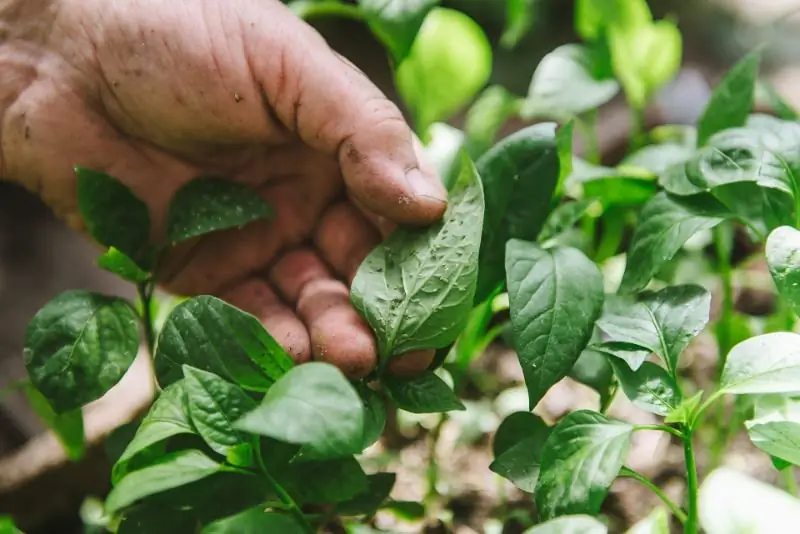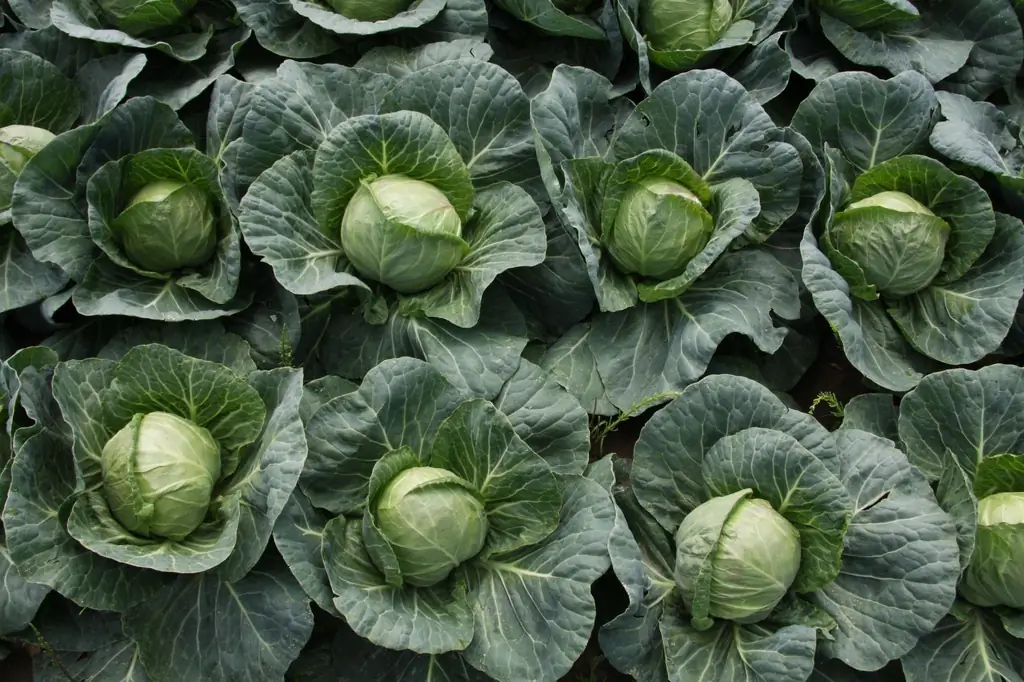
Table of contents:
- Author Bailey Albertson [email protected].
- Public 2023-12-17 12:53.
- Last modified 2025-01-23 12:41.
9 enemies of any seedling and how to deal with them

Seedlings are delicate and fragile plants that often become "tasty prey" for various diseases and pests. It is important to detect and eliminate them in a timely manner, otherwise you will have to forget about a high and high-quality harvest.
Soil mold

Sometimes the soil in the pot in which the seedlings grow becomes moldy. This spores of the fungus germinate, which "froze" in the ground and waited for suitable conditions. Mold itself is not harmful to young plants. But the main reason for its appearance is the increased acidity of the soil. And this can lead to the development of dangerous pathogenic fungi.
To lower the pH of the soil, you need to scatter ash, crushed charcoal or a mixture of these substances in a thick layer over the surface of the earth. After three weeks, repeat the procedure. These measures will be enough for the mold to disappear and the reaction of the soil to become neutral.
Root rot

This is one of the most dangerous fungal diseases affecting seedlings. At risk are crops such as:
- cabbage;
- tomatoes;
- pepper;
- cucumbers;
- eggplant.
Most often, already adult seedlings with a well-developed root system are sick with root rot. You can recognize the disease by the presence of yellowness on the lower leaves, which turn brown and dry over time. Dark spots and stripes appear on the stem, and sometimes cracks.
It is very difficult to cure the disease, so you need to get rid of the affected plants immediately, but the rest can still be saved:
- Remove seedlings with signs of the disease from the soil.
- Reduce the amount of watering and reduce the air humidity.
- Pour the calcined sand into a container (layer thickness 2 cm). This activates the growth of additional roots.
- Spread ash or crushed charcoal over the ground.
- Add any biofungicides to the water for irrigation 2 times a month: Fitosporin, Baktofit, Alirin-B, Gamair, Fitolavin, Strekar.
Blackleg

The disease affects not yet matured shoots in the period from germination to the formation of 2-3 true leaves. It is impossible to notice the black leg, since the root collar of the plant darkens first, and a black "stump" forms at the bottom of the stem.
After 2-3 days, the affected seedlings break, wither and die. The main reason for the development of the disease is pathogenic fungi that penetrate the seedling container along with the soil. They are activated as a result of high humidity, temperature changes and thickened crops. Sick seedlings should be removed in time, and the place where they grew should be sprinkled with wood ash.
Spider mite

A spider mite is a small arthropod insect that can be identified by the presence of black dots on the inner surface of the leaf plate. After a while, the leaves begin to turn yellow. If the lesion is massive, then a thick and sticky web is observed, which appears on young shoots.
It is necessary to wash off the pests with a stream of water, and place the plants at a certain distance so that their leaves do not touch.
Fusaria wilt

This disease most commonly affects tomatoes. Pathogens are found in the ground, on plant debris and seeds. The danger of the disease lies in the fact that it is difficult to recognize it at the initial stage. At first, the plants begin to wither, but after some time they recover. Because of this, gardeners do nothing, and the disease is gradually progressing.
The main symptoms of the disease:
- the top of the seedlings withers;
- leaves take on a yellow-green color;
- the leaves curl and fall off.
Young plants begin to wither, dry up and die. Even if adult tomatoes are damaged, it will still not work to save them. The only solution is to remove diseased specimens from the soil, and sprinkle the soil with ash.
Sciaris

These are small dark midges, which are easy to notice if you touch the container with seedlings, as they scatter en masse to the sides. Sciarida is the most harmless pest; it is not terrible for adult plants. But young sprouts can be harmed if there are many larvae, which are dangerous.
These are small translucent worms that live in the ground. Their main food is rotting plant residues. The larvae begin to feed on the roots and stems of a living culture during mass reproduction. They penetrate into containers along with the soil.
Ways to fight:
- If a short-term drought is not terrible for seedlings, then it is worth arranging it. Without water, the larvae die very quickly.
- Pour a layer of sand or fine expanded clay into the container. This will prevent egg laying.
Thrips

These are small dark pests that feed on plant sap. At the site of their bite, silvery spots appear. Over time, they grow, merge and affect the entire leaf plate.
The following drugs have been developed to combat thrips:
- Agravertine;
- Aktara;
- Vertimek;
- Intavir;
- Karate;
- Confidor;
- Karbofos;
- Fitoverm.
Processing should be carried out 2 times at intervals of 7-10 days.
Whitefly

This pest also feeds on seedling sap, while releasing sticky enzymes. This creates favorable conditions for the development of pathogenic fungi. The affected parts of the seedlings dry out and die off.
To get rid of the whitefly, you need to wipe the inside of the leaves with vegetable oil or treat with Aktara.
Aphid

These are small and light-colored insects that tend to reproduce rapidly. They live in colonies, feed on leaf juice. You can notice aphids by changing the shape and color of the leaf plate (it curls and becomes discolored). Also, the pest leaves a sticky "dew" that attracts disease-causing fungi.
You can get rid of pests with the help of Aktara. It must be diluted according to the instructions, water the soil with the solution and spray the leaves.
Garlic infusion is no less effective. For 1 liter of water, 1 chopped garlic is needed. Infuse the composition for a day, filter and also spray the plants.
Recommended:
How To Wash Curtains In A Washing Machine, Manually Or Clean Them Without Removing Them From The Eaves, Cleaning Features For Various Types Of Products

How to wash curtains: main stages and features. How to wash depending on material, construction and dirt. Other helpful tips
How To Get Rid Of Weevils In The Kitchen In An Apartment, With What Means Can You Deal With Them At Home

What is the harm from weevils. How to get rid of gluttonous bugs in the kitchen. Preparations and folk methods. Video
Diseases Of Cabbage And Methods Of Dealing With Them

Practical advice on how to recognize diseases of cruciferous fruit and vegetable crops, how to avoid infection and get rid of the consequences
Diseases Of Tomatoes And Methods Of Dealing With Them + Video

Practical advice on how to avoid tomato diseases. Description of diseases and their causes
How To Deal With Diseases And Pests Of Dill

How to determine the presence of a certain disease or pest in dill and get rid of them
